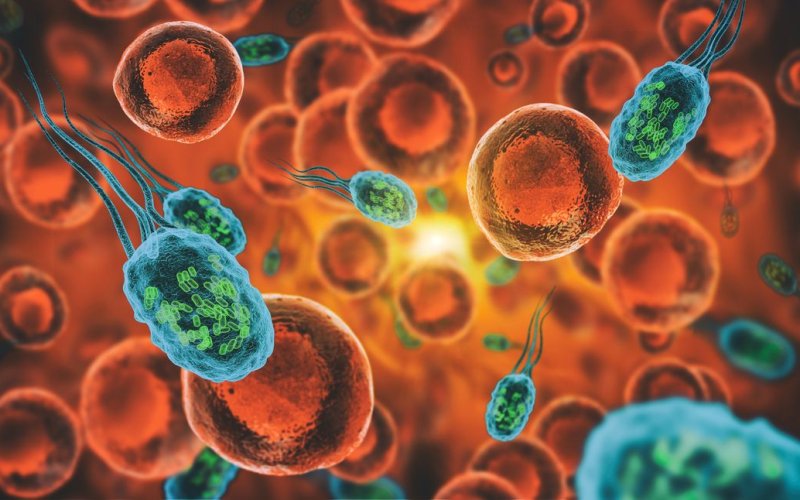To move in a water environment, bacteria have various cilia and flagella that they move forward with but in the air, they are passive travellers depending on where the wind blows them. What actually prevents the bacterium from developing some miniature wings and starting to fly on its own? (Not that we need such a bacterium)
I am not a naturalist, so I would rather only physically speculate on this issue. I think it's simple — they don’t need to. Evolutionary theory (in my interpretation) shows that the evolution of animal species prefers those “modifications” of organisms that lead to their better development and survival. From a physical point of view, it is much easier to bounce from a substance that has a density of 1,000 kg/m3 than on a substance that has a density of 1 kg/m3. Very simply, we need 1,000 times bigger surface area to bounce in air than in water. This, of course, leads to an increase in the weight of the whole organism and therefore its size. If it is enough for the bacteria to spread in a random direction to the new host, this version will continue to survive and multiply, as opposed to a more complex modification that is able to move actively in the air but at the cost of a bigger size and a more complex construction of the whole organism. In my opinion, nature is simple — it does not support unnecessary complexity but functionality.
Want to ask something?
Send us an e-mail with the subject “Physics mysteries” to the address:
We can't wait to tackle your interesting questions!





